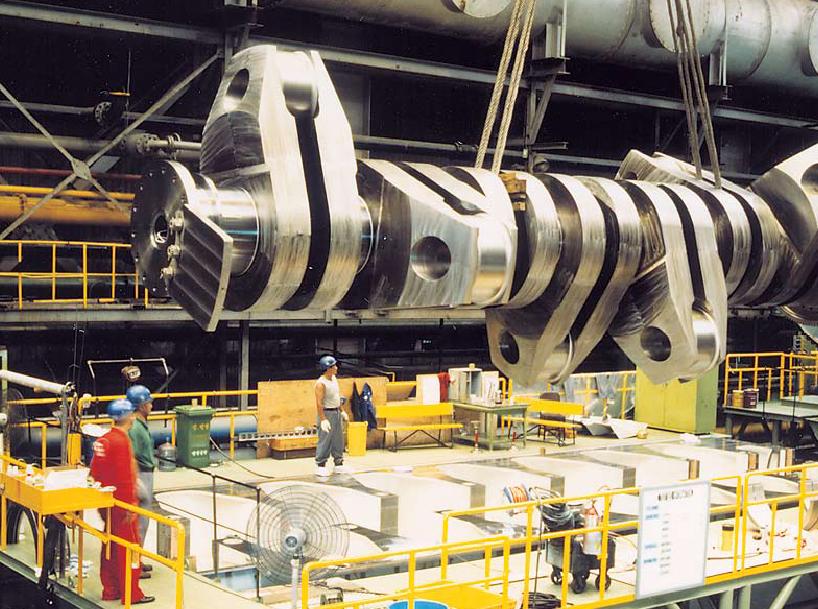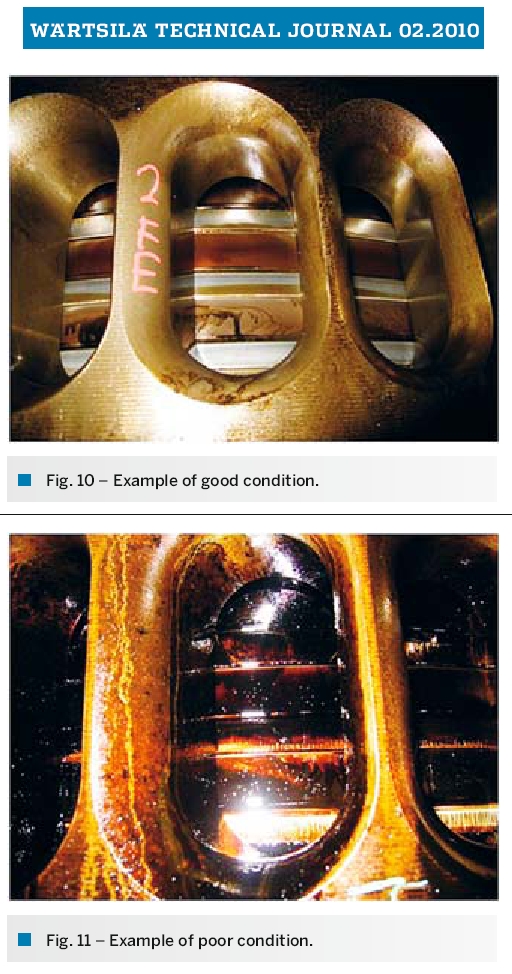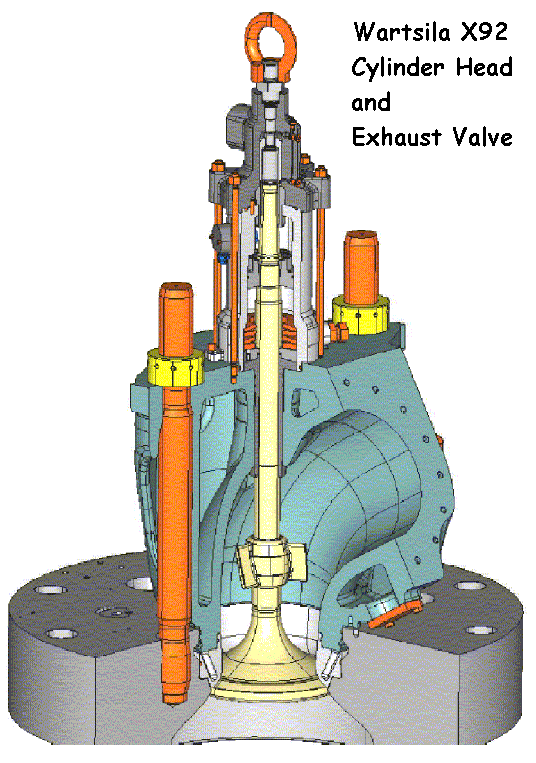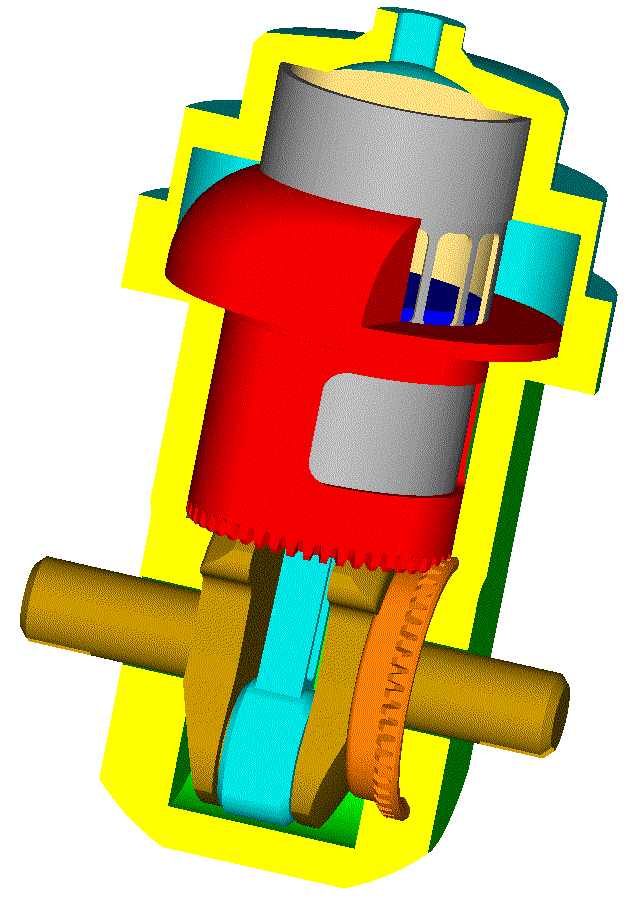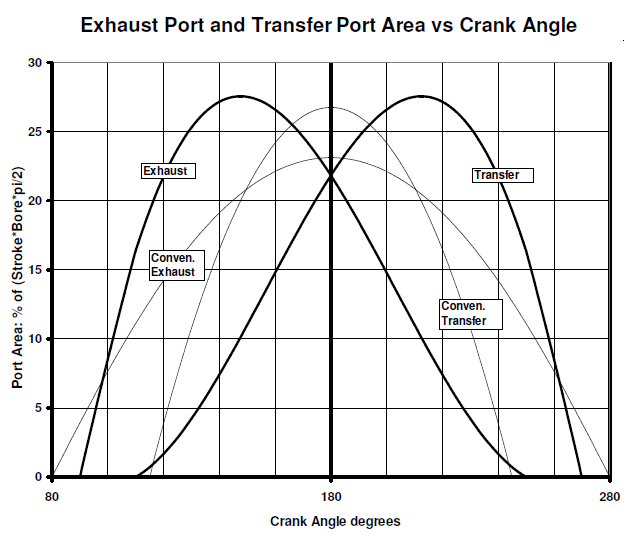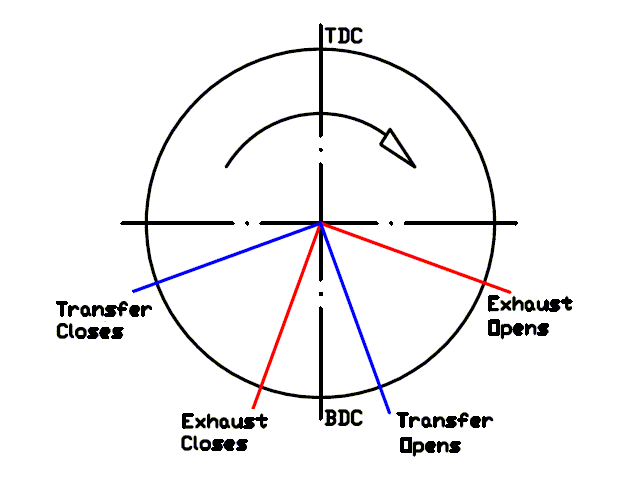I saw this article recently:
https://www.grandpri...-in-the-future/
It looks to me that two strokes only seem to be more efficient than their 4 stroke brethren, in terms of power output, in relatively small cylinder sizes. The old 500cc Grand Prix bikes settled on 125cc per cylinder as the best compromise and after the demise of the 500's, the last of the 125cc Aprilia's were allegedly making around 55 hp. To put that into perspective, that would be around 1250hp from a 3.0 litre F1 engine! However the NSR 500 V twin which raced in the 1990's seems to have made considerably less power with its 250cc cylinders. I can only find quotes for its output at 135hp although this seems on the low side to me. I recall Alan Cathcart road testing the NSR V twin against the Roberts KR3 and a Suzuki V4 and I thought he said the outputs were something like 160hp, 170hp and 180hp respectively and he went on to say the Honda four-cylinder was making over 190hp at the time. If the V2 with its 250cc cylinders really only had 135 hp, this is only 270hp per litre, well down on the 420hp per litre of what the 125cc cylinder is capable of. It is also less than what a four stroke engine is capable of. Although not a great example, the old 500cc motocross bikes only made a touch over 100hp per litre, so it appears the trendline for horsepower drops rapidly with cylinder capacity increase compared to a four stroke engine.
My point is, if two strokes are ever to be usable as a F1 or road car engine they would need to be efficient in larger cylinder sizes. A 24 cylinder 3.0 litre two stroke F1 engine, with its attendant expansion chambers, may look and sound impressive but is not overly practical, is it?. So, if we used a 500cc cylinder as an example, what horsepower would a normally aspirated two stroke be capable of, using current, proven technology? What would be its limiting factors?
cheers
Edited by SGM, 26 May 2020 - 03:00.






